Our Bodies Are Holy Things
Discovering Spiritual Sensuality in Andalucia
Contrary to much religious tradition that views the sensual as a threat to the spiritual, the body is in fact a powerful conduit to deeper wisdom and joy. I saw this vividly borne out recently during a tour I led through Andalucia, the southernmost region of Spain. Over the course of our eleven-day retreat, we explored the rich culture and historic towns of the area while learning how to create more intimate and soulful connections. Our time together was filled with immersive cultural experiences such as tasting olive oil at a generations-old vineyard and crafting mosaic tiles under the guidance of a local artisan. These activities offer people the opportunity to play together—to tap into a vital, often-overlooked source of shared pleasure. Just as interpersonal growth breathes new life into a relationship, so too does our simple enjoyment of one another. Play, as shared physical enjoyment, invites the expansive energy of eros in a powerful way. Our bodies are remarkable in their ability to connect us, to create shared meaning through movement, laughter, and touch. Nowhere was this power more evident than during our final group activity, set in the vibrant city of Seville.
We had come to experience flamenco—a gritty, sensual dance form forged over centuries through the blending of diverse ethnic influences. Its development was catalyzed most by the arrival of the Roma people in Seville during the fifteenth century. Having served my mission in Seville, I had returned to the region with my family a few years prior to the tour I was leading.
During our family’s stay, we took a walking tour of Triana, a working-class neighborhood once home to the Sevillan Roma. As we wandered the narrow streets, our guide pointed out the secluded courtyards typical of the area. He explained that the Roma lived as outcasts in white, Christian Spain. In the face of their exclusion and hardship, they would gather in these interior spaces to dance out their tribulations and find solace in their shared struggles. It was in these intimate, defiant gatherings that flamenco came to be the passionate, soulful art form that it is today. Even now, hundreds of years later, flamenco is still intimate and best performed in small venues amid a responsive, engaged audience.
Naturally, learning flamenco was part of our recent tour itinerary. Upon arriving in Seville, we met Cristina, an instructor at the Flamenco Dance Museum. Cristina introduced our group of mostly middle-aged and inexperienced dancers to the rhythmic footwork, expressive arm and finger movements, and sharp, syncopated clapping so characteristic of flamenco. The experience was as fun as it was humbling, and we returned the next day to watch Cristina and the other dance instructors perform for us.
We gathered in a small courtyard framed by classic Andalusian arched porticos. In this intimate space, the first group of dancers assembled, drawing us in with their soulful rhythms and hypnotic movements. Then, as a mournful melody rippled from a lone guitarist, Cristina emerged onto the stage in a deep red, ruffled dress. Her presence was magnetic. She moved with a raw, almost primal energy—each motion controlled and exact yet flowing with an effortless grace. We were captivated by her, and I felt as if my heart would burst as I took in the emotional intensity of her dance, moved by the sheer beauty and soul in it.
While in the emotion of the moment, Cristina turned to us, her students, and began to clap the familiar flamenco rhythm she had taught us the day before. We clapped for her in unison as she moved from an internal, dark energy to an expansive and determined one. Clapping in communal support of her, several of us inexplicably began to cry. The heartbreaking intensity of the experience was mysterious—I couldn’t put into words why watching her was so moving. There was a rapture and transcendence in the room, an energetic communion between her and us. It was intimate. And in this moment, I felt visceral, inexplicable grief and joy—bittersweetness. My soul could feel it. When I attempted to recount this numinous experience to my husband and friends upon returning home, I would invariably tear up just in the recollection of it, unable to explain or even comprehend its emotionality and transcendence.
In my later research about flamenco dance, I discovered that we had experienced what the Spanish call duende—an intimate communication between the dancer, the audience, and God. Duende is a type of embodied communion or prayer, and for it to appear, there must be a particular chemistry between the dancer and the group. While I had seen flamenco performed many times before, I had never been moved so deeply or experienced so much emotion.
As I struggle now to put my experience into words, it is reassuring to read Spanish poet Federico García Lorca refer to duende as “a mysterious power that everyone senses but no philosopher can explain.” His insight speaks to the profound spiritual meaning that can be communicated through the body—a kind of knowing that speaks directly to the soul. As English poet William Blake observed, “the body is indeed the soul manifested by the senses.”
Knowing Through the Body
Socrates is said to have called the body an instrument of perception. It maps and communicates interpersonal meaning in ways that defy verbal and logical expression. The flamenco dancer's skillful, artistic movement communicated an ineffable apprehension of loss, human sorrow, and fierce resilience. Only later did I learn her performance was called “The Dance of Death.” She had communicated to our souls meanings that words cannot adequately convey. As a student of mine said about her attempt to put a spiritual insight into words, “It was like trying to translate a perfectly pure language into sloppy human.” Indeed, the body’s spiritual power lies in its ability to comprehend and communicate meaning outside of “sloppy human.” The verbalizing and linear mind is always trying to catch up.
Perhaps contrary to our intuitions about our physical selves, a body is essential to the soul because we perceive spiritual truths through it. One of my students, a choreographer, put it this way: “There have been times when the movement of my body felt holy, like I was tapping into something not actually mine—older than me, ancient—some kind of generational, perhaps eternal, somatic wisdom. I don’t know how else to describe it.” Similarly, Catholic theologian and psychotherapist Thomas Moore describes the spiritual power of the body this way: “The body is indeed a temple, not simply for its beauty and value, but because it houses the holy mystery of human existence.” The body doesn’t obscure spiritual truth; it reveals it.
Our bodies are holy things, not obstacles to our spirituality, and not the definition of “natural man” that scripture characterizes as the enemy to God (Mosiah 3:19). The “natural man” is instead ego—self-preoccupation—and indeed natural because we all begin life in this egocentric state. This fact is not sinful in and of itself; rather, the sin lies in any choice to coddle our innate narcissism at the expense of our growth. Sinfulness lies in the demand that the world submit to our desires, fears, and self-importance.
In fact, King Benjamin makes no mention of lust or sexuality in his discourse in the Book of Mormon. Instead, he emphasizes that the sin of the “natural man” lies in our refusal to yield to the “enticings” of the Holy Spirit that invite us to grow beyond our egocentrism—beyond our limited selves. It is not the body, not the sensual, and not the material world that is contrary to the spiritual: it is pride and the refusal to repent. Indeed, we need the body to deepen our spiritual wisdom and to increase our capacity for joy.
Sensation and Spirituality
In a faith culture that values “bearing testimony” and the confession of certainty, we often equate spiritual depth with unwavering confidence in our shared beliefs. The ego certainly prefers a spirituality focused on certitude and transactional agreements with God over a spirituality that asks us to love one another in our shared uncertainty and suffering. Why wouldn’t we want control in a fallen world? Obeying the rules in exchange for security is a desire that certainly makes sense. Our impulse to find order and predictability in the midst of disorder and pain is both understandable and deeply human.
But as we endure life’s inevitable losses, our spirituality tends to become one of recognition—a spirituality that perceives the beauty and wonder in life amid the necessary sorrows and hardships. And though our souls can feel a deep order within reality—divine truths we are all subject to—we understand that faith doesn’t grant us certainty or obviate suffering. Rather, it offers us solace, evidence of God’s love in sublime moments, and glimpses of the eternal that anchor us in a world full of loss.
Sacred and sublime moments like these are perhaps best characterized as liminal, a word meaning “threshold” or “in-between” that captures the essence of spiritual experiences. In moments of awe or wonder, we can feel suspended between heaven and earth—grounded in our lived experience and yet momentarily lifted beyond it.
As spiritual beings, our souls seek the liminal. We are drawn to threshold experiences where the known and unknown meet. This is where our souls are nourished and sustained. Most religious traditions and practices invite us into liminal experience where the material and spiritual come together. Traditions and rituals root us in the here and now, while simultaneously opening us up to something beyond the tangible and visible. My husband and I once attended a Jewish wedding where we and the other guests energetically danced the Hora around the jubilant couple. This exultant moment was both embodied and transcendent: grounded in the physicality of a centuries-old tradition, while drawing us into a suspended moment of shared meaning and joy.
These liminal moments not only offer our souls meaning and reassurance: they beckon us out of our egocentric orientation toward a wiser understanding of who we are and our proper relationship to one another. For example, when I was a student in Israel, I summited a peak in the Eilat Mountains. Wandering away from my hiking companions, I reclined on a wide stretch of rock. With the solid earth beneath me and an expanse of stars overhead, I found myself in this striking duality: anchored and elevated—fully rooted in the physical world while also transported beyond it.
In this numinous moment, I understood at once my insignificance and my significance—I was inconsequential in a vast universe, and yet, deeply connected to all of it. The experience invited me to mature. In holding both truths—that I was at once significant and nothing—I could see beyond my natural self-centeredness, and for a moment, I could see myself and others more compassionately and truthfully.
Again, sensation—the way we encounter the physical world—doesn’t oppose the spiritual; it opens the door to it. The physical body gives us a path out of our anxieties and self-concern into the sublime. Taking in the brilliant colors and textures of the changing seasons or feeling the salty spray of crashing waves against the shore—these kinds of experiences readily inspire our sense of awe. Even quite ordinary encounters with the physical world can transport us for a moment—the scent of worn books lining a family bookshelf or the inhaling of crisp air on an autumn morning. It is often in the most ordinary of sensations that we become attuned to something spiritual—attuned to beauty accessible only through the body. The poet David Whyte describes it this way: “Beauty is an achieved state of deep attention and self-forgetting; the self-forgetting of seeing, hearing, smelling or touching that erases our separation, our distance, our fear.”
These moments of communion with the ordinary are a kind of grace—divine gifts available to us through the body that remind us of God’s love. To fall in love with creation, to truly receive it with joy, is itself an act of worship—a way of offering praise to the Creator.
Jennifer Finlayson-Fife is a therapist, educator, and coach with a doctorate in counseling psychology. Through counseling, online courses, live workshops, and her Room For Two podcast, Dr. Finlayson-Fife has helped individuals and couples strengthen their relationships and develop a more integrated view of sexuality.
Art by Joaquín Sorolla y Bastida and John Singer Sargent.
This is an excerpt from Jennifer Finlayson-Fife’s new book, That We Might Have Joy, which is available for preorder now.
Jennifer will be launching That We Might Have Joy at Restore with the premiere of a short documentary, book signings, Q&As, and more. Get your tickets today.



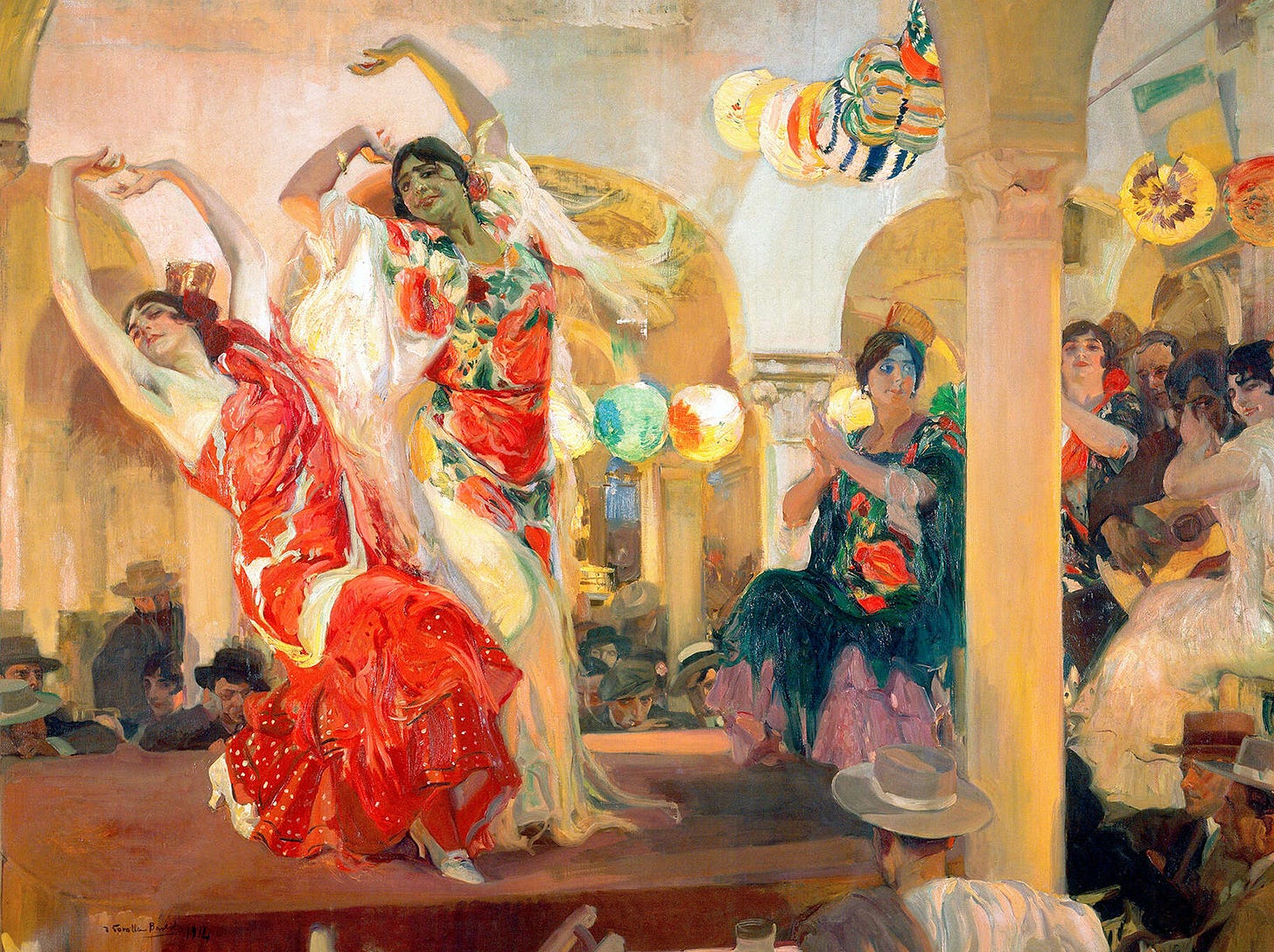
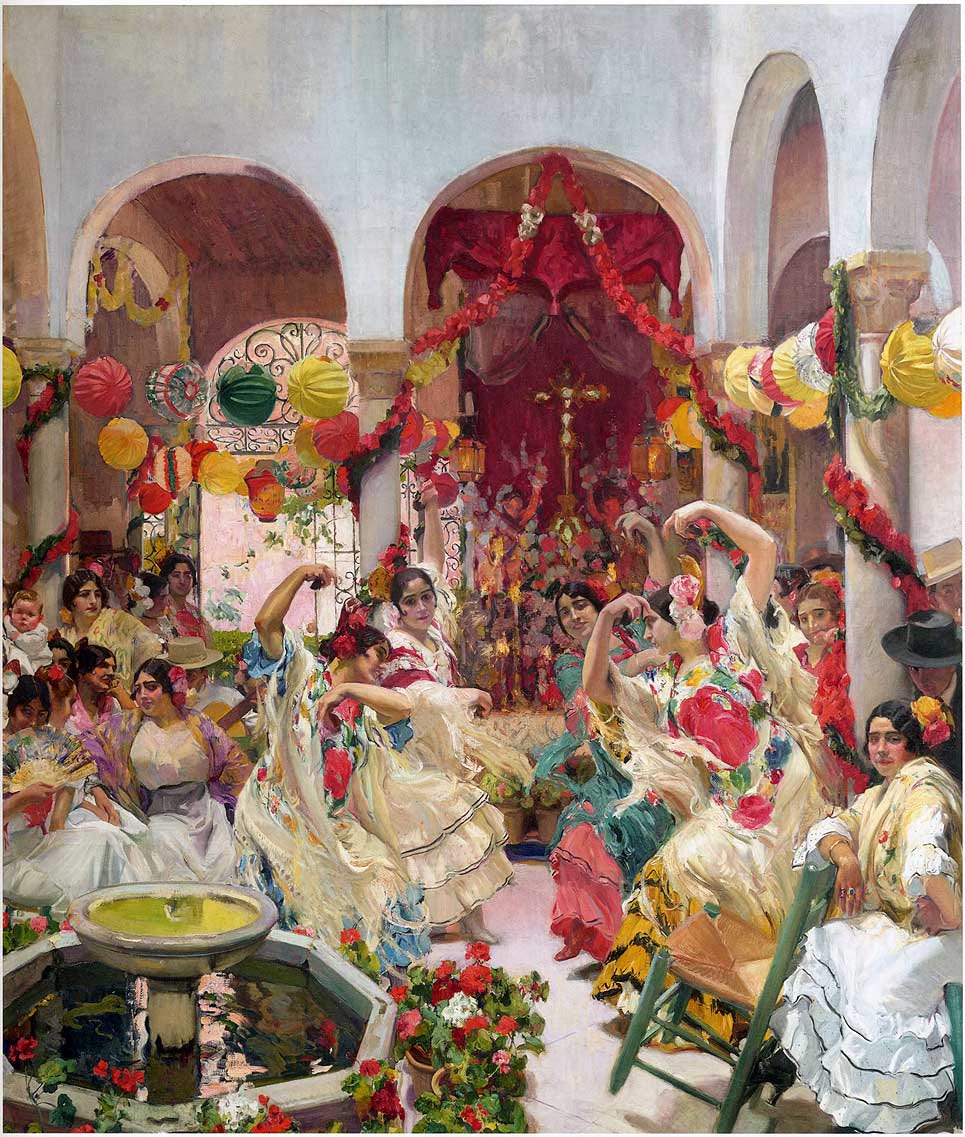

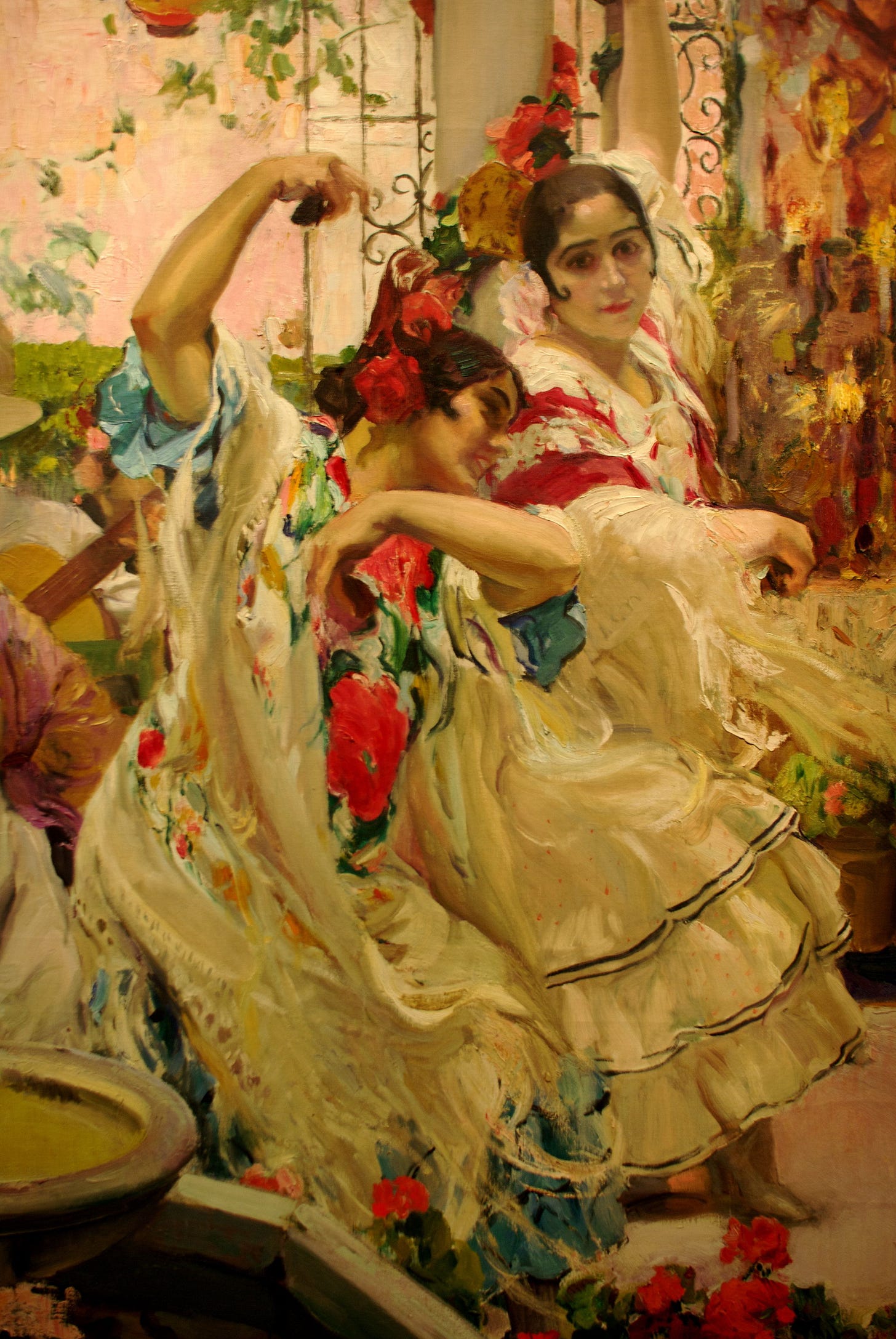
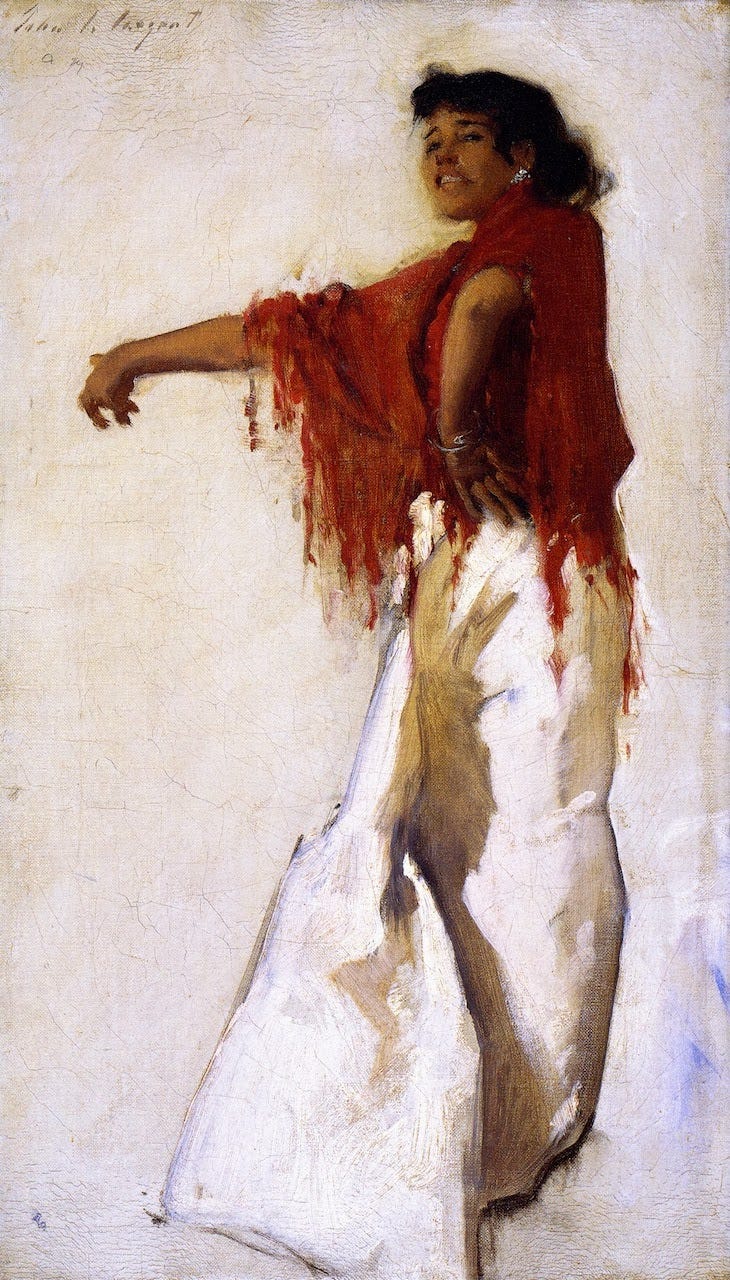
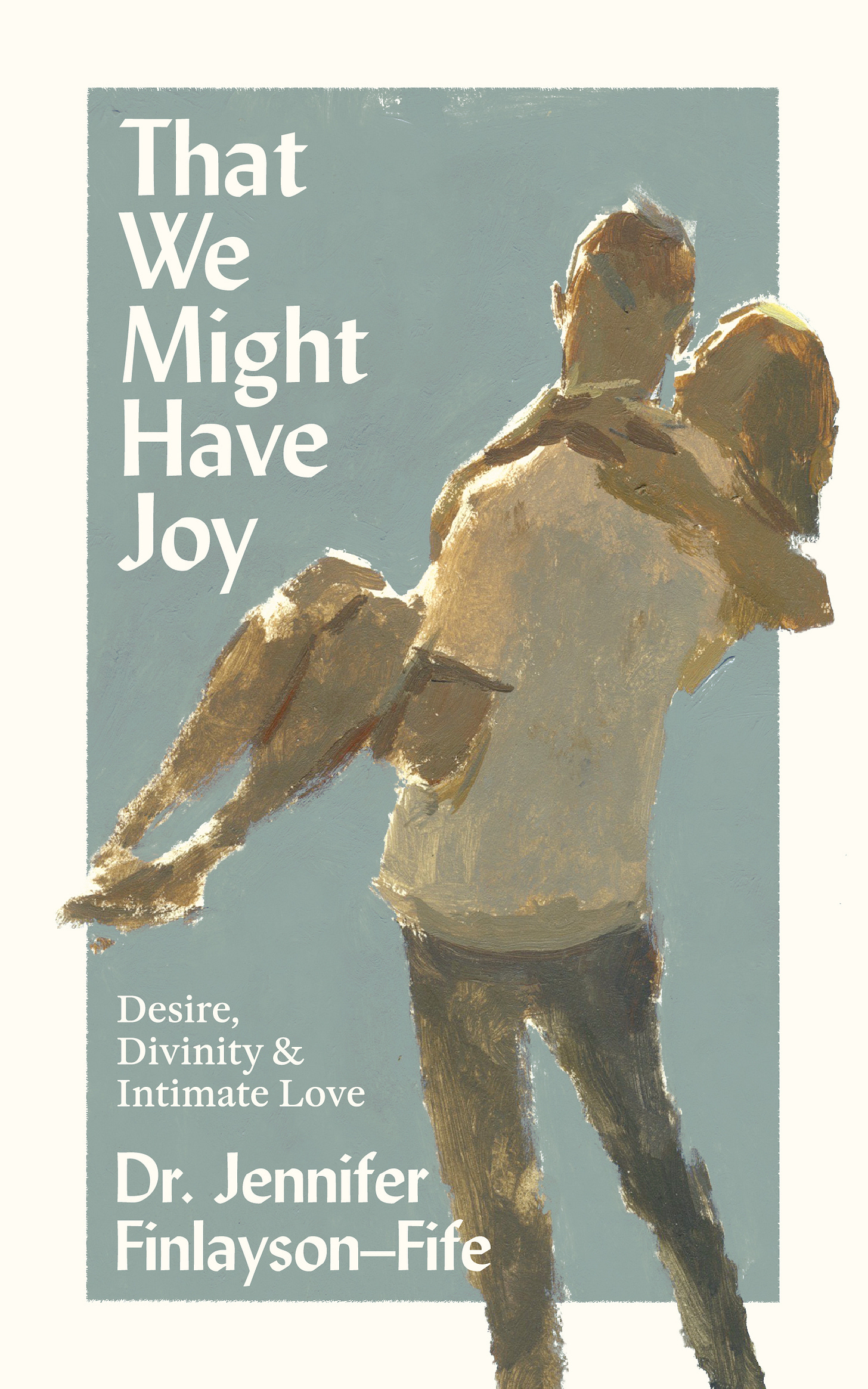

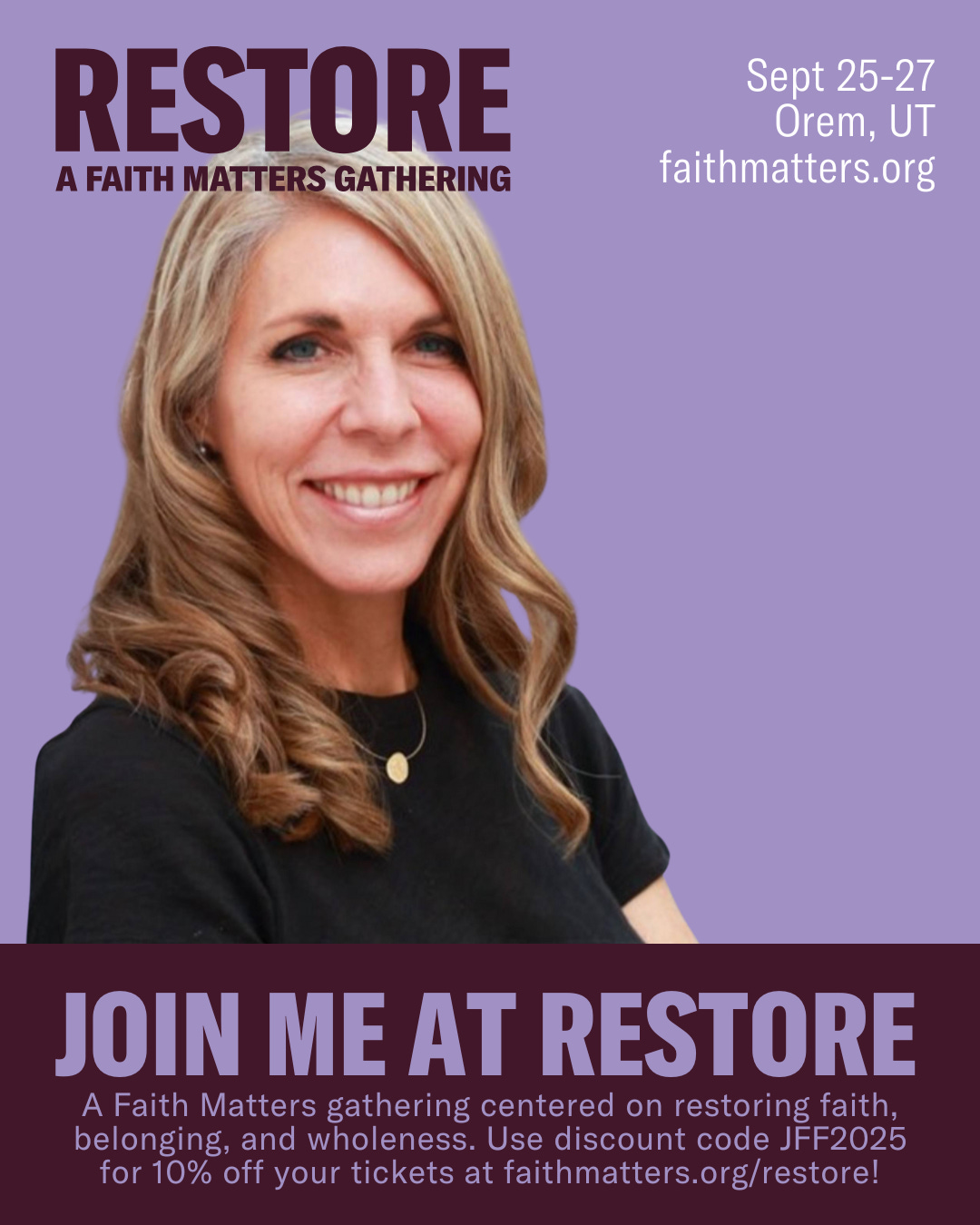
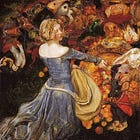
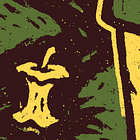
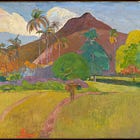

For the past five years, I have been compiling an index of indigenous practices that I believe should be elevated to the level of treatment for trauma, especially intergenerational trauma. Such trauma is something that Latter-day Saints have overlooked for too long.Your education on Flamenco is thoroughly relevant as I think about this art form that is an expression of oppressed people rising above their challenges with resilience and grace. I can feel the strength of their sacred spirit that should make all of us pause. With all humility, many many thanks!
I've often thought that we Latter-day Saints--possibly most religious people--make so much of seeking divine inspiration that we forget our most immediate and continuous sources of information are our physical senses, senses given us by God. I've also thought more than once that our physical bodies are not what make us carnal, sensual, and devilish, but rather it's our spirits choosing to use our bodies in carnal, sensual, and devilish ways. Thanks for your article!